All industries and services face market competition, and that includes hospitals. But how do hospitals stand out? They rely on Hospital Compare star ratings, which are based on Hospital Consumer Assessment of Healthcare Providers and Systems (HCAHPS) survey results.
The HCAHPS star ratings help consumers decide which hospital will provide them with the best service and care. However, the data is also extremely helpful for hospital administrations, providing a barometer of consumer opinion on their performance and highlighting where they can improve their operations and processes.
In order to properly leverage the data from HCAHPS surveys to enhance the patient experience, you must first understand how the star ratings are devised and calculated.
How are HCAHPS star ratings calculated?
The Centers for Medicare and Medicaid Services (CMS) uses HCAHPS survey questions, together with data obtained from hospitals’ internal reporting programs for both inpatient and outpatient services, to determine the star rating for individual hospitals across the U.S.
The CMS analyzes this information using latent variable models. The CMS is particularly concerned with collecting data on what they’ve identified as important areas of care:
- Mortality
- Safety of care
- Readmission
- Patient experience
- Effectiveness of care
- Timeliness of care
- Efficient use of medical imaging
The first four categories — mortality, patient safety, readmission rates, and patient experience — are allocated a weight of 22 percent each, because they are the areas many patients and physicians say they care about most. The last three categories — effectiveness of care, timeliness of care, and efficient use of medical imaging — are each weighted at 4 percent.
Some hospitals may be missing data for one of these categories. In this case, the CMS adjusts the weights for the categories that they do have.
The hospital’s summary score is the weighted average of its scores, and the star rating corresponds to this summary score.
How to evaluate HCAHPS star ratings
The star rating system goes up from one to five stars — similar to consumer-friendly Yelp reviews — with one star being the lowest possible score.
You can see which areas of focus need more work if you click on View rating details beneath the star rating for your hospital. This sub-report reveals whether you’re performing above, below, or at the same level as the national average in each of the seven categories of focus.
According to Hospital Compare’s quarterly report released in January 2020, more than 400 hospitals out of over 4,500 hospitals received five stars. This is not easy to achieve. The majority of hospitals — 1,119 to be exact — received a three-star rating.
One thing hospitals with five-star ratings have in common is high scores in the four most heavily weighted measures, such as patient experience.
But there is no single path to earning five stars. Although five-star hospitals often score well in a few of the four heavily weighted categories, they also have varying strengths and weaknesses across all seven areas of focus when compared to each other.
How to use star ratings results to improve your hospital
Since the four most heavily weighted categories account for 88 percent of the raw data, and all five-star hospitals perform well in at least a few of these areas, the first step toward improving your hospital is to look at how you can improve in the mortality, patient safety, readmission rates, and patient experience areas.
- If budget is a concern, prioritize areas where you already have the resources to make meaningful improvements.
- Implement a new nurse communication strategy — a relatively low-cost measure aimed at creating a more positive patient experience.
- Create a patient safety checklist, a cost-effective solution to help improve patient safety.
- Consider the demographics of the patient population and develop a prioritized list of improvements based on the needs of patients.
- Conduct multiple, regular internal patient surveys to continue gathering data that will pinpoint areas that need improvement.
While patient data plays a significant role in aggregating this information, don’t forget to think about measures patients may not see but that can still have an impact on your star rating, such as the safety protocols that prevent them from getting an infection in the hospital. It won’t occur to the patient to provide feedback in an HCAHPS survey on an infection they never got, but the steps you took to prevent it contribute to higher safety and mortality ratings.
The goal of HCAHPS star ratings
The HCAHPS star ratings have a dual purpose — helping consumers choose the right hospital and challenging hospitals to work toward the highest possible standards of care throughout the year. The data from HCAHPS surveys can be easily dissected and used to inform your hospital’s improvement strategies.
Achieving a high star rating depends on the involvement of personnel at all levels of hospital management and operations. Leadership on clinical quality measures should come from the C-suite, but input from physicians, administrators, and technicians — as well as regular feedback from patients — will provide useful insights that can aid you in your efforts to earn a prestigious five-star rating.





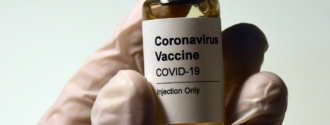
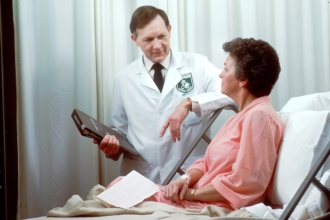













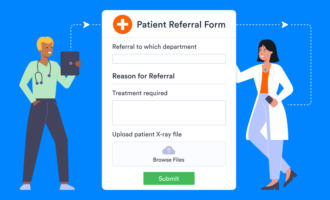



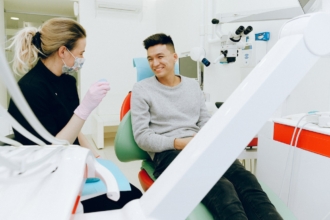

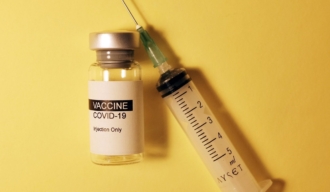




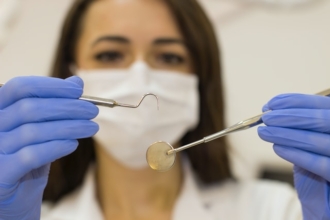














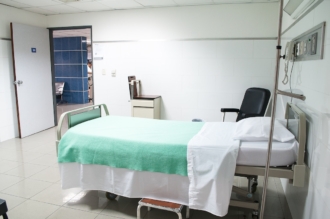





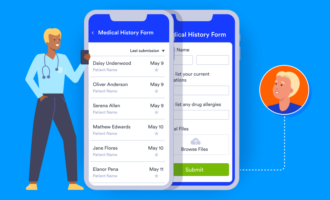
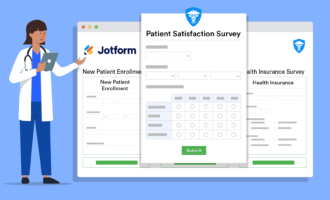













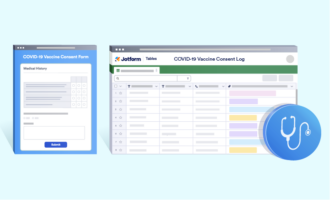










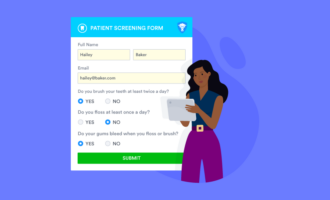
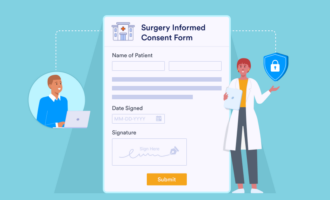

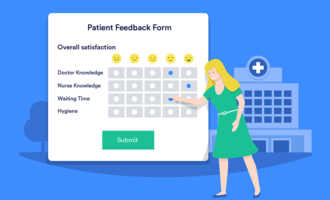
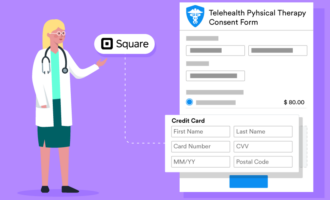






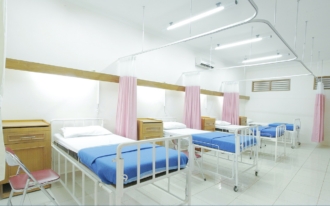












Send Comment: